
What are PFAS?
Introduction to PFAS
Per- and polyfluoroalkyl substances (PFAS) are a class of synthetic chemicals characterized by hydrogen atoms on the carbon chain being either fully or partially replaced by fluorine atoms. These man-made chemicals include PFOA, PFOS, and PFHxS.
PFAS are widely used in textiles due to their excellent water, oil, and stain resistance properties. These substances can form a protective layer that prevents liquids from penetrating textiles, making clothes, carpets, and furniture resistant to stains and moisture. However, certain types of PFAS have been proven to persist in the environment and accumulate in human bodies. Exposure to these chemicals may cause severe health issues, such as impaired fertility, increased cancer risk, and disruption of the immune system. As a result, the use of PFAS in clothing and footwear has been globally banned, and the regulation of PFAS should be handled with great caution.
PFAS Regulatory Requirements
1. California AB 1817 Law
In October 2022, the state of California in the United States enacted AB 1817, which prohibits the manufacture and sale of textiles containing PFAS starting from January 1, 2025. The legislative actions in different states reflect a complex regulatory landscape for various product types, with some regulations already in effect or taking effect in the coming years. In addition to banning the intentional addition of PFAS, other regulatory measures include reporting or labeling products containing PFAS.
2. REACH Regulation Annex XVII
In recent years, the European Union has issued regulations on restricting PFOA and PFOS. A series of restrictions on more PFAS substances have been introduced. On February 7, 2023, the European Chemicals Agency (ECHA) published a REACH Annex XVII restriction proposal for PFAS submitted by Denmark, Germany, the Netherlands, Norway, and Sweden, covering the largest number of PFAS substances to date.
On June 13, 2023, the EU notified the World Trade Organization (WTO) of new PFAS restrictions under REACH Annex XVII, regulating perfluorohexanoic acid (PFHxA), its salts, and related substances. The restrictions limit PFHxA and its salts to less than 0.025 mg/kg and PFHxA-related substances to less than 1 mg/kg.
3. POPs Regulation (EU) 2019/1021
On May 30, 2023, the European Commission amended the Persistent Organic Pollutants (POPs) Regulation (EU 2019/1021), adding PFHxS compounds to the list of banned substances under POPs. The POPs Regulation's banned substances list increased from 28 to 29 items, with the number of banned PFAS substances growing from two to three.
China JJR Laboratory Evaluation Services
Due to growing market attention on PFAS, many, especially brands and supply chain partners producing outdoor apparel or materials, are increasingly interested in fluoropolymer complianCE certification. In response to this demand, China’s JJR Laboratory launched a new Green Mark PFAS evaluation service in March 2024.
This service tests and evaluates 233 types of PFAS, requiring clients to provide a Bill of Materials (BOM) or sign a declaration confirming compliance for the fluoropolymers in their products.
Upon certification, a Green Mark label is issued, which can be displayed on products, packaging, or marketing materials. The label includes a QR code that can be scanned to verify the certification’s validity at any time.
1. Product Categories Covered by the Service
- Materials used for apparel/footwear/accessories/home textiles treated with water/oil/stain repellents.
- Apparel/footwear/accessories/home textiles treated with water/oil/stain repellents.
2. Testing Methods/Standards
- ISO 23702-1:2023
- EN 17681-1:2022
- EN 17681-2:2022
3. Required Documents for Certification
- Application form, service agreement, and test report.
4. Certification Validity
- Three years (with annual monitoring).
Email:hello@jjrlab.com
Write your message here and send it to us
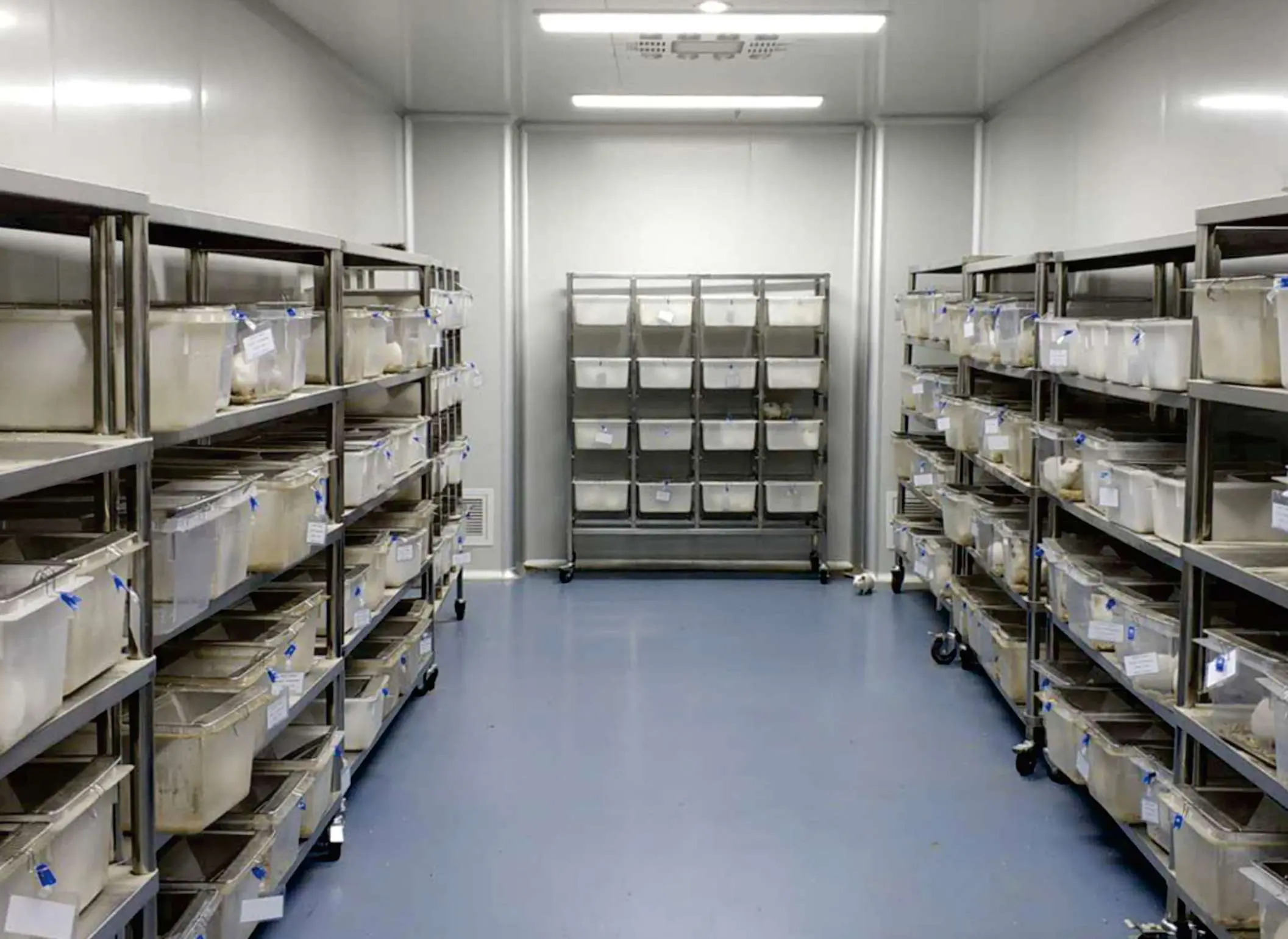 China OECD GLP-Certified Laboratory
China OECD GLP-Certified Laboratory
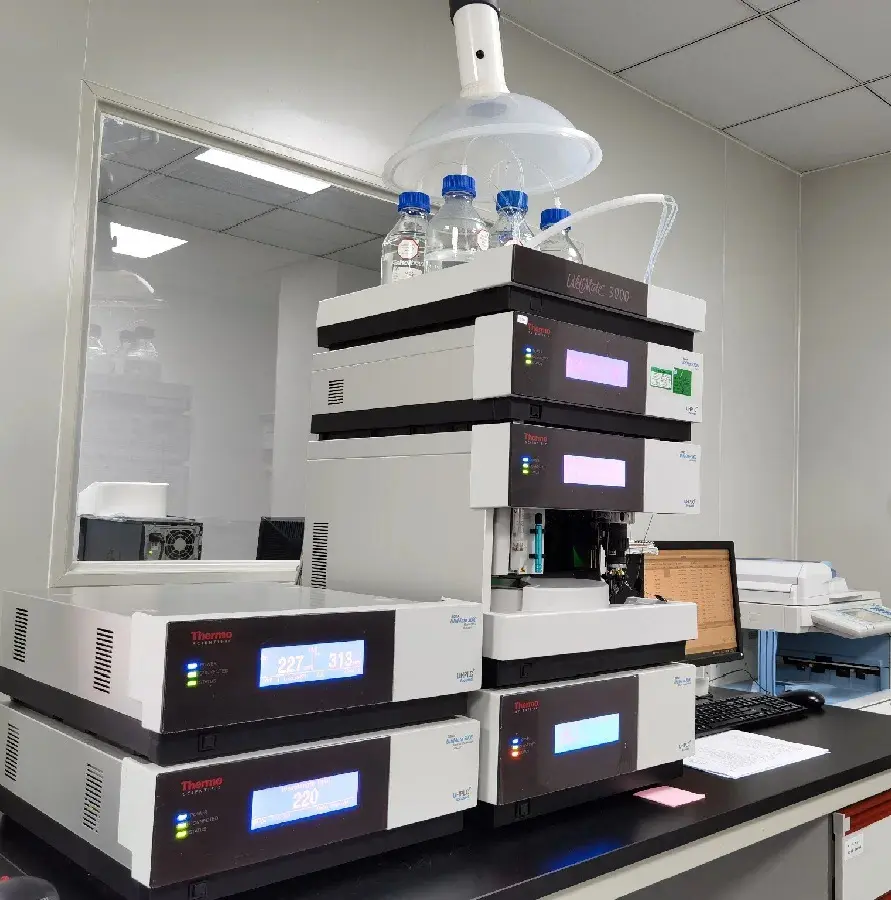 Packaging Validation ISO 11607 Test Report
Packaging Validation ISO 11607 Test Report
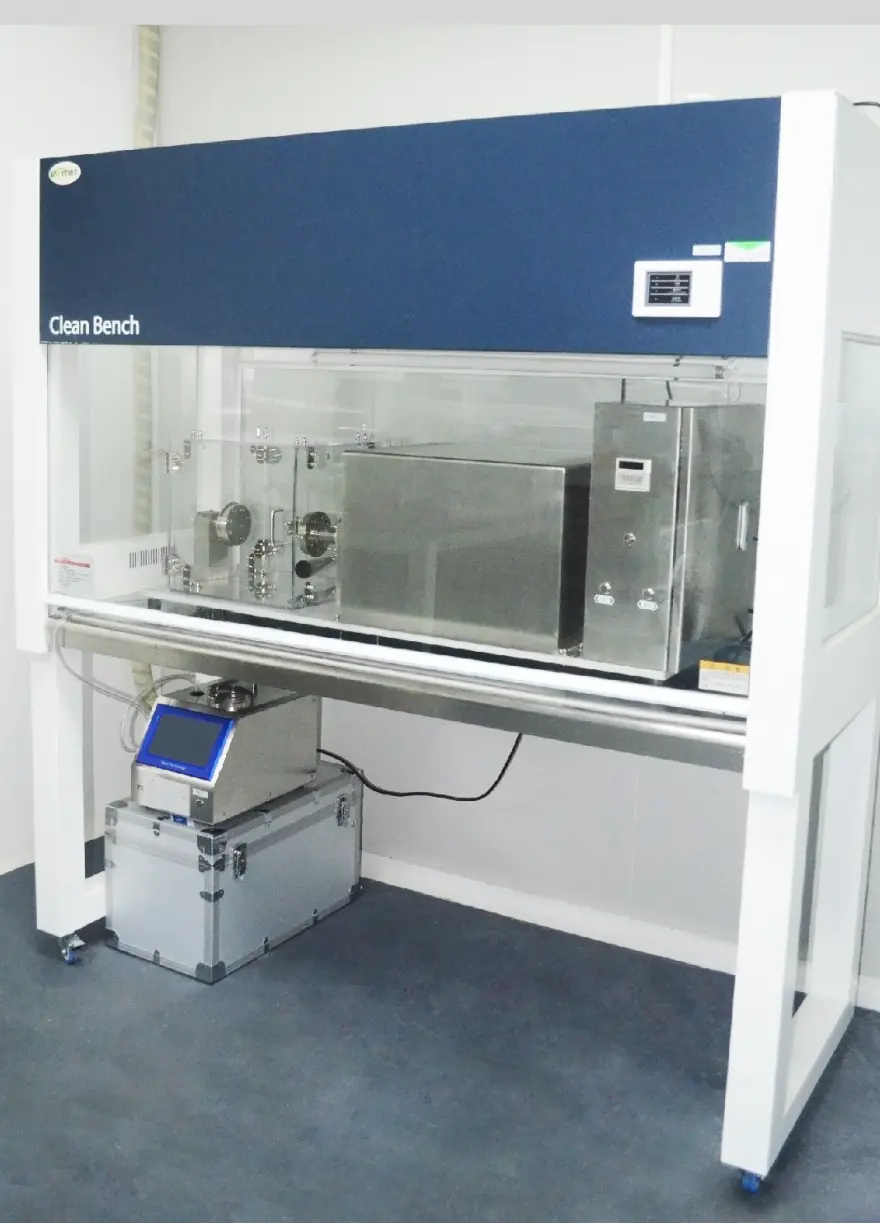 What is the ISO 11607-1 Packaging Validation Test?
What is the ISO 11607-1 Packaging Validation Test?
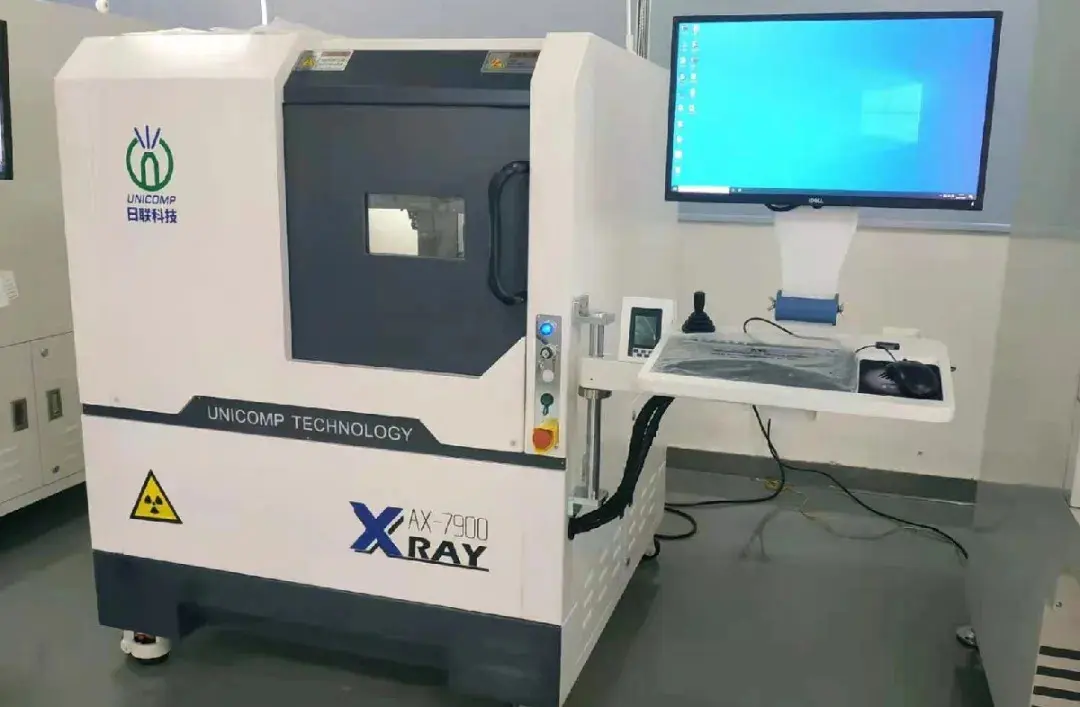 How to get an ISO 11737-1 Test Report?
How to get an ISO 11737-1 Test Report?
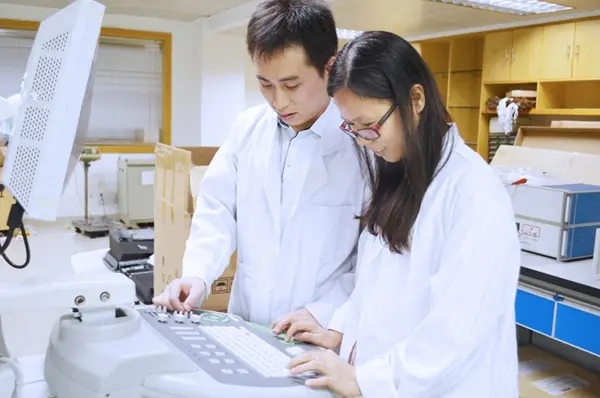 Orthopedic Implant Cleanliness Testing
Orthopedic Implant Cleanliness Testing
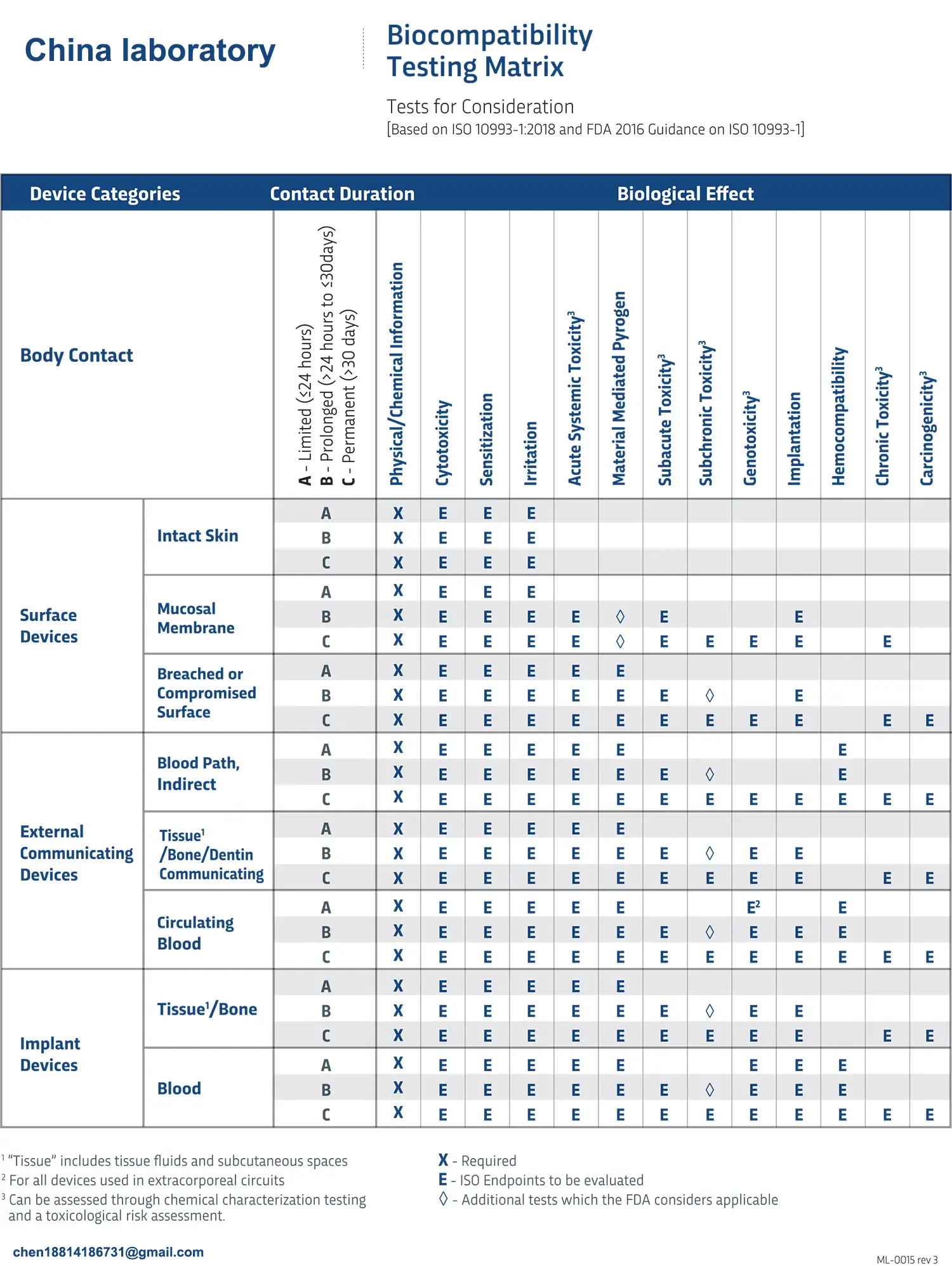 What is ISO 10993-23:2021 Irritation Testing?
What is ISO 10993-23:2021 Irritation Testing?
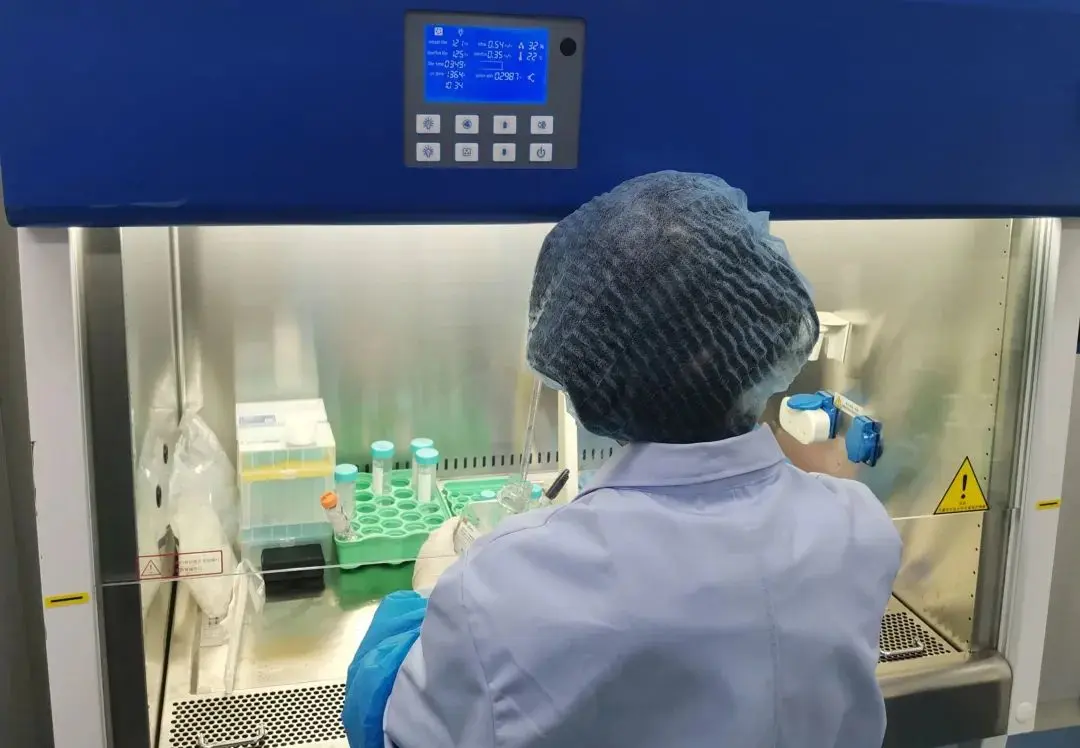 ISO 10993-23 Irritation Testing Laboratory
ISO 10993-23 Irritation Testing Laboratory
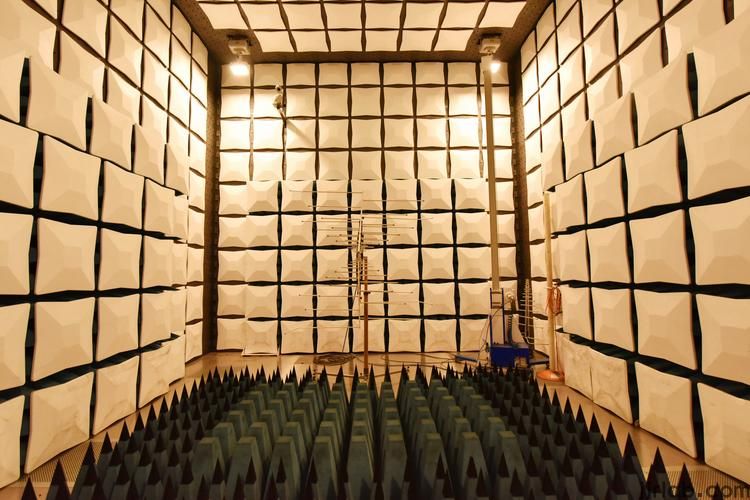 EMI Emissions Testing
EMI Emissions Testing
Leave us a message
24-hour online customer service at any time to respond, so that you worry!




